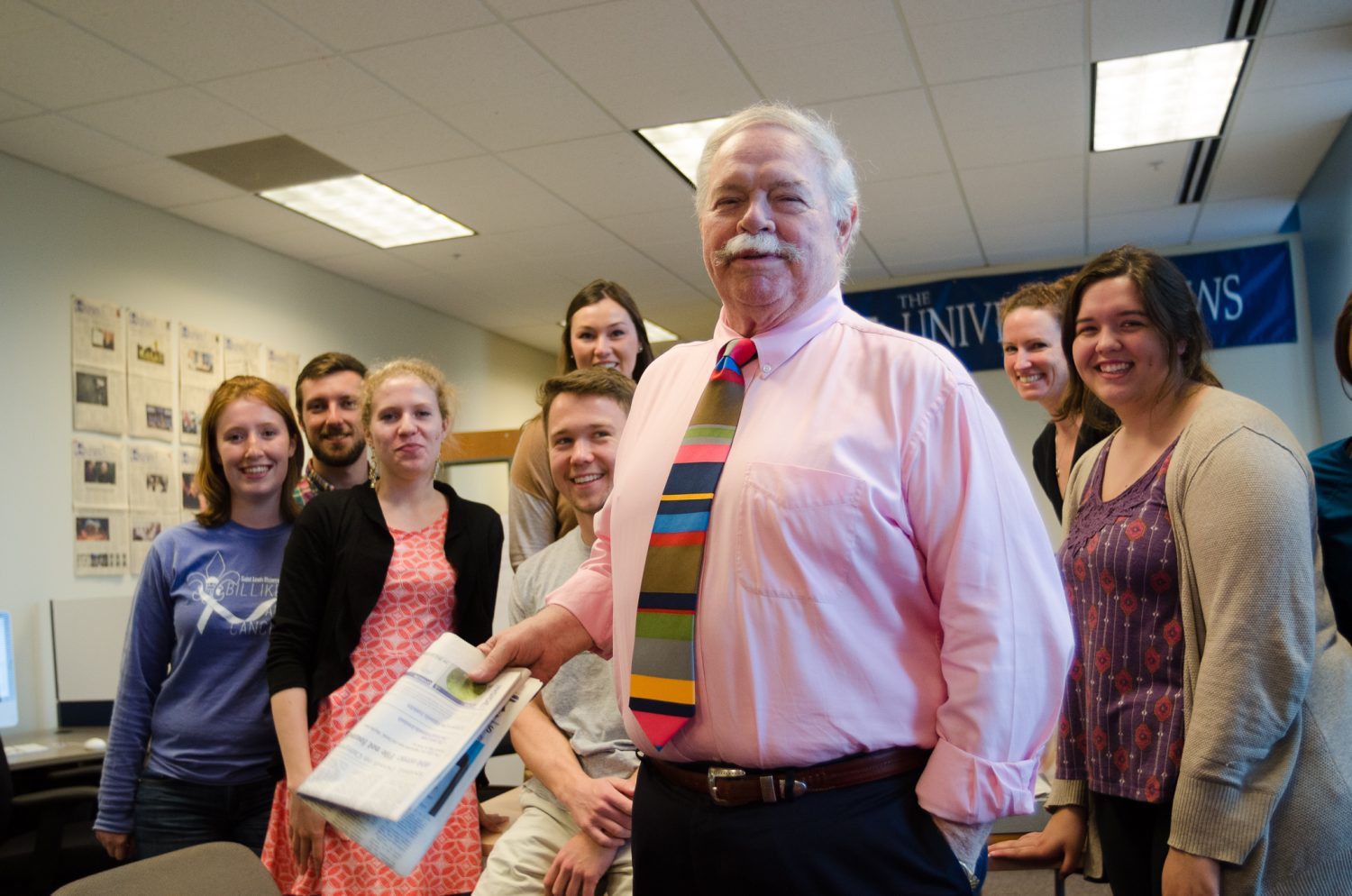Over the last five years, blockbuster moviemaking as we know it
has completely changed. Granted, the films still feature outrageous
special effects, trumped-up salaries for the leads and enough
promotional tie-ins to overwhelm the audience. But once upon a
time, studios took each potential blockbuster on an individual
basis with the possibility of a sequel hinging on its opening
weekend box office earnings.
The Matrix and The Lord of the Rings franchises
changed all that. With these surefire hits, the studios responsible
decided to sign those involved to marathon shoots, filming two or
even three films in the same outing. As a result, salary
negotiations were nonexistent, millions were saved and the films
arrived in a timely fashion.
Kill Bill is a different beast entirely. Originally
slated to be a three-hour epic, Quentin Tarantino’s latest film has
been chopped into two parts: the first being an action
extravaganza, and the second a character study in the vein of
Jackie Brown. When Vol.2 is released in February of next
year, America will learn if the experiment was a success, but I
can’t help thinking that this bold marketing move opens a Pandora’s
Box of potential exploitation.
When done right, the epic conveys sweeping drama and emotion on
a truly grand scale. Now imagine if each individual LotR
film came in serial form–you’d pay twice to see the same movie and
feel cheated in the process.
The intended emotional response would sour from greedy marketing
rather than poor filmmaking. Kill Bill’s unique format not
only risks alienating its audience, but also insulting the very
cast and crew that created it.
Then there’s the home video market. Kill Bill’s two
installments will arrive on DVD independently. Releasing the films
separately was a cool idea, but why take the time to release one
loaded DVD containing both parts, some cool commentary tracks and
other worthwhile extras? The current plan may sound great on paper,
but given Tarantino’s wary attitude toward DVD commentary, I
suspect those who invite Bill home will be disappointed with its
lackluster content.
Of course, this venture presupposes the idea that Vol. 2
will be just as well received as its predecessor. If the general
public waltzes into theatres this February expecting more of the
same stylized action and gonzo gore that marked Vol. 1, it’s
going to be disappointed. When the films hit video, the
slower-paced Vol. 2 may be ignored by consumers favoring
Vol.1’s nonstop chaos.
Tarantino’s acclaimed status with critics and consumers alike
earns him a chance to try something new. If Vol. 2 continues
the same shock-and-awe campaign blazed by Vol. 1, Kill Bill
will be another jewel in the creative crown that Kubrick fans have
been waiting to bestow since Pulp Fiction was released.
On the other hand, should Vol. 2 fail to demonstrate
Kill Bill’s need for two segments, a man deemed one of the
greatest visionary directors in the last 15 years could be ruined
in the resulting backlash. With any luck, the high stakes of this
gamble will keep Hollywood from serializing more films. In the
waiting period between volumes, Tarantino fans can only hope that
The Bride doesn’t add Quentin’s career to her death toll.





